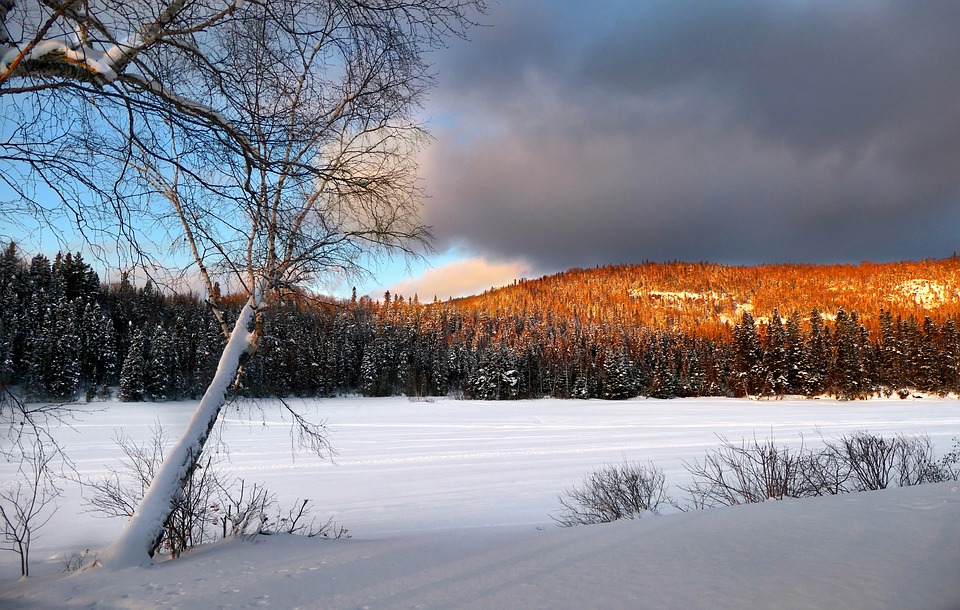How Did the Industrial Revolution Contribute to Global Climate Change? Exploring the Origins of Modern Environmental Impact
The Industrial Revolution, spanning from the late 18th to the 19th century, marked a transformative period that fundamentally altered production methods, economies, and technologies. This era initiated a shift from agrarian societies to industrial powerhouses, characterized by significant advancements in machinery, transportation, and energy consumption. The reliance on fossil fuels, particularly coal, became prevalent during this time, leading to unprecedented levels of greenhouse gas emissions and environmental degradation. This post examines the specific ways the Industrial Revolution contributed to global climate change and how it laid the groundwork for today’s environmental challenges.
Fossil Fuel Consumption and Greenhouse Gas Emissions
Shift from Renewable to Fossil Fuels
Before the Industrial Revolution, energy sources were predominantly renewable—wood, wind, and water. However, with industrial advances, coal emerged as a primary fuel source. It powered factories, steam engines, and railroads, drastically increasing energy consumption.
Rise in Carbon Dioxide (CO₂) Emissions
The combustion of coal released vast amounts of CO₂ into the atmosphere. This marked the beginning of a significant rise in greenhouse gas concentrations. Over the industrial era, approximately 2.3 trillion tonnes of CO₂ were emitted, contributing to a continuous increase in atmospheric CO₂ levels that has led to global warming[1][2].
Industrialization and Deforestation
Land Clearing for Agriculture and Industry
The expansion of urban areas and farmland necessitated extensive deforestation. Forests were cleared not only for agricultural purposes but also to provide timber for construction and fuel for factories. This led to significant habitat loss.
Reduction in Carbon Sequestration
Forests serve as natural carbon sinks; their removal diminished the Earth’s ability to sequester carbon. Additionally, soil degradation from deforestation released stored carbon back into the atmosphere, exacerbating climate change[1][2].
Urbanization and Industrial Waste
Population Shift to Urban Centers
The Industrial Revolution spurred rapid urbanization as people flocked to cities for factory work. This migration increased demand for housing and resources, leading to intensified extraction practices that further harmed the environment.
Industrial Waste and Pollution
Factories released pollutants into the air and waterways. Air quality suffered due to emissions of soot and sulfur dioxide from coal combustion, while rivers became dumping grounds for industrial waste, leading to severe water pollution[1][2].
Technological Advancements and Increased Energy Demand
Invention of Energy-Intensive Machinery
Innovations such as the steam engine significantly raised energy demands. These machines required large amounts of coal and later oil, embedding high energy consumption into industrial practices.
Transportation Revolution
The development of railroads and steamships revolutionized transportation but also increased fossil fuel consumption dramatically. This expansion facilitated global trade networks that relied heavily on fossil fuels[1][2].
Legacy of the Industrial Revolution on Modern Climate Change
Establishment of Fossil Fuel Infrastructure
The Industrial Revolution established a fossil fuel-dependent infrastructure that persists today. Industries such as electricity generation continue to rely on coal, oil, and gas, perpetuating the emissions patterns initiated during this period.
Socioeconomic Systems and Consumption Patterns
Consumer culture emerged alongside industrialization, driving demand for natural resources at unsustainable levels. This created disparities in resource consumption between developed nations and those in the Global South.
Lessons and Shifts Towards Sustainable Practices
In light of the environmental impacts stemming from industrialization, there is a growing recognition of the need for sustainable practices. Efforts are underway globally to transition towards renewable energy sources like solar and wind power[1][2][3].
Frequently Asked Questions (FAQs)
1. How did the Industrial Revolution increase greenhouse gases?
The introduction of coal as a primary energy source significantly raised CO₂ emissions due to its combustion in factories and transportation.
2. Did the Industrial Revolution affect climate change immediately?
While immediate effects were not apparent, it marked the onset of rapid atmospheric CO₂ accumulation leading to gradual warming over centuries.
3. How did urbanization during the Industrial Revolution impact climate?
Urbanization increased resource consumption and pollution while contributing to deforestation and greenhouse gas emissions.
4. Why is the Industrial Revolution often cited in climate discussions?
It initiated large-scale fossil fuel use and established economic systems that continue to drive climate impact today.
5. What can we learn from the Industrial Revolution’s impact on climate?
It underscores the need for sustainable resource management and highlights the environmental costs of unchecked industrial growth.
Conclusion
The Industrial Revolution fundamentally altered human interaction with nature by introducing fossil fuel dependency, deforestation practices, pollution, and urbanization—all contributing significantly to climate change. Its legacy is evident in today’s environmental challenges as societies grapple with rising temperatures and ecological degradation. Learning from this historical context is crucial as we strive for sustainable practices that mitigate further harm while addressing our energy needs responsibly.

Kyle Whyte is a notable scholar and professor at the University of Michigan, holding positions such as the George Willis Pack Professor in the School for Environment and Sustainability and Professor of Philosophy. Specializing in environmental justice, his work critically examines climate policy and Indigenous peoples’ ethics, emphasizing the nexus between cooperative scientific endeavors and Indigenous justice. As an enrolled Citizen Potawatomi Nation member, he brings a vital perspective to his roles as a U.S. Science Envoy and member of the White House Environmental Justice Advisory Council. His influential research is supported by various prestigious organizations including the National Science Foundation, and disseminated through publications in high-impact journals. Kyle actively contributes to global Indigenous research methodologies and education, with affiliations to numerous institutes and societies dedicated to traditional knowledge and sustainability. Recognized for his academic and community engagement, Kyle has earned multiple awards and served in various visiting professorships. His efforts extend to leadership positions on boards and committees focused on environmental justice nationwide.
